Two Celtic Bronze Torcs
Two Celtic Bronze Torcs
Fine ancient colour and patina
Old labels: ‘Cemetrie Juni Ville Coll. Fou(r ?)cait and Witry (?) les Reims Coll Paoulzin (?)’
Europe
Late Bronze Age / 450 BC - 350 BC
SIZE: approx: 14cm dia. - 5½ ins dia. and 13.5cm dia. - 5¼ ins dia.
Fine ancient colour and patina
Old labels: ‘Cemetrie Juni Ville Coll. Fou(r ?)cait and Witry (?) les Reims Coll Paoulzin (?)’
Europe
Late Bronze Age / 450 BC - 350 BC
SIZE: approx: 14cm dia. - 5½ ins dia. and 13.5cm dia. - 5¼ ins dia.
Two Celtic Bronze Torcs
Fine ancient colour and patina
Old labels: ‘Cemetrie Juni Ville Coll. Fou(r ?)cait and Witry - les Reims Coll Paoulzin (?)’
Europe
Late Bronze Age / 450 BC - 350 BC
SIZE: approx: 14cm dia. - 5½ ins dia. and 13.5cm dia. - 5¼ ins dia.
Fine ancient colour and patina
Old labels: ‘Cemetrie Juni Ville Coll. Fou(r ?)cait and Witry - les Reims Coll Paoulzin (?)’
Europe
Late Bronze Age / 450 BC - 350 BC
SIZE: approx: 14cm dia. - 5½ ins dia. and 13.5cm dia. - 5¼ ins dia.
The torc or neck-ring is often regarded as the principal and iconic piece of jewellery manufactured and used by the Celts. Classical writers mention torcs being worn by naked Celtic warriors in battle, but those found in graves occur only around the necks of women or girls. Torcs were also worn by women around the upper arm and sometimes around the waist. Torcs had a symbolic value as indicators of the social standing of the owner and were also valued for their precise metal content, providing the Iron Age Celts with a dual purpose object. However, the torcs that occur in hoards were most probably not used as prestigious jewellery, but only as ritual currency on special ceremonial occasions.
Tetragon, London 1980’s
Ex Private English collection
Ex Private English collection
Two Celtic Bronze Torcs
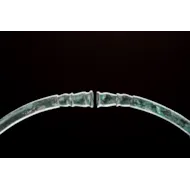
SOLD
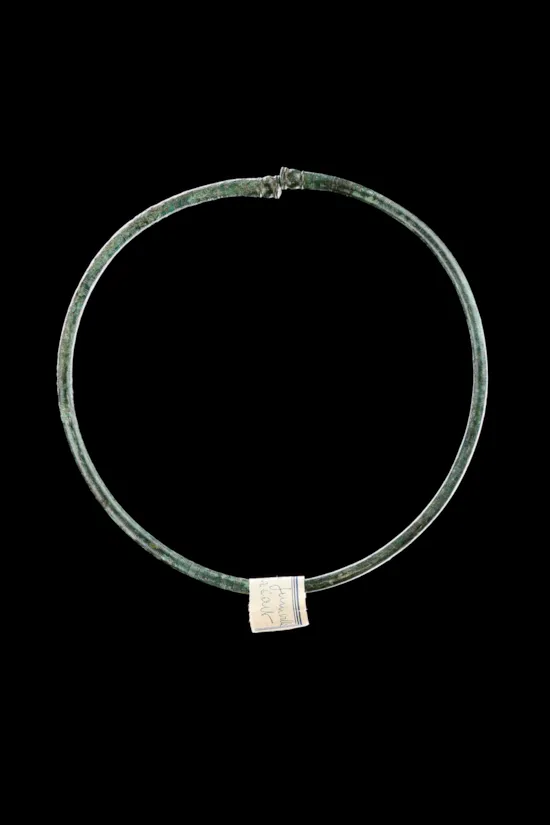
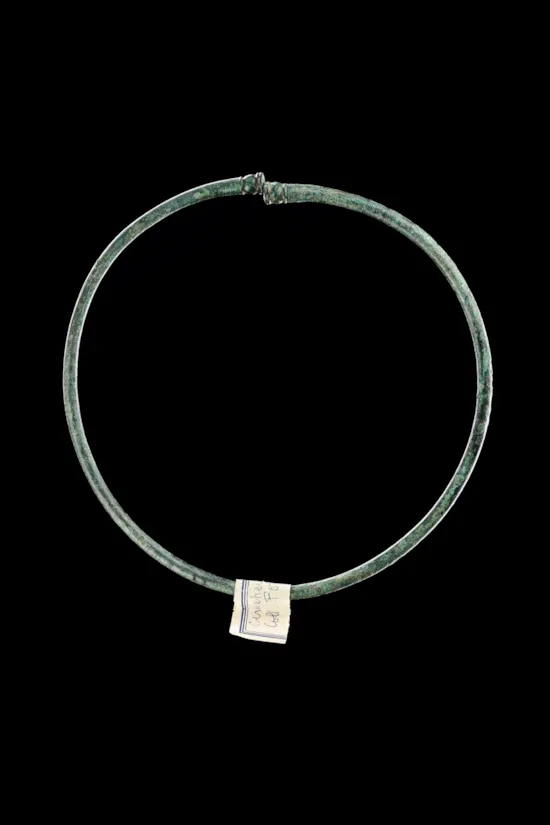
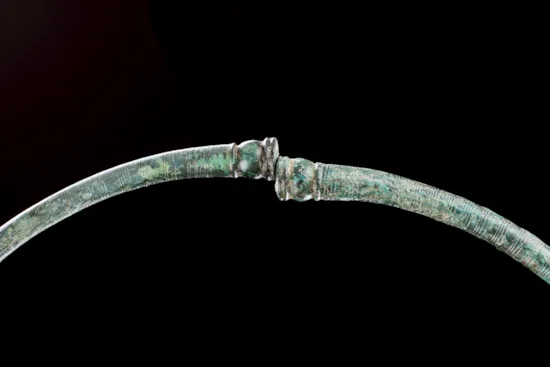
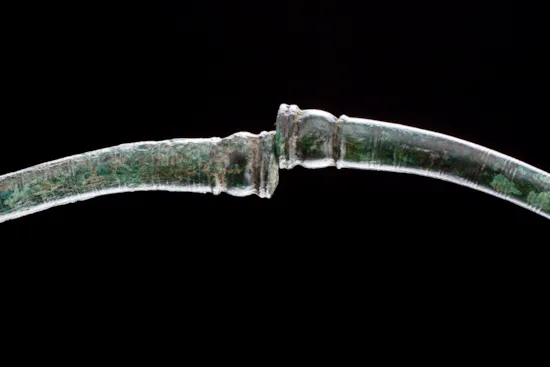
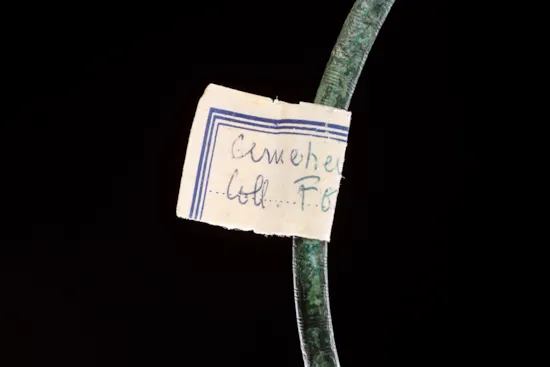
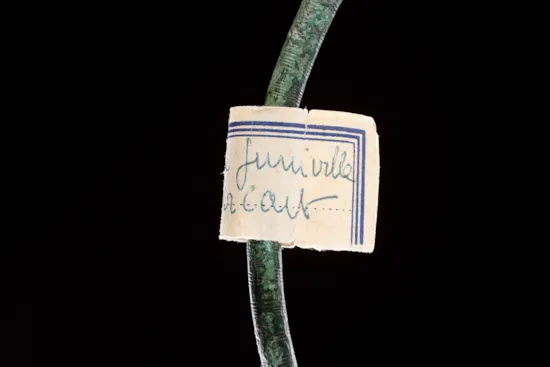
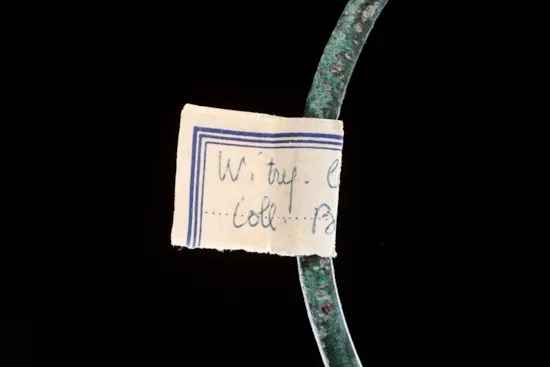
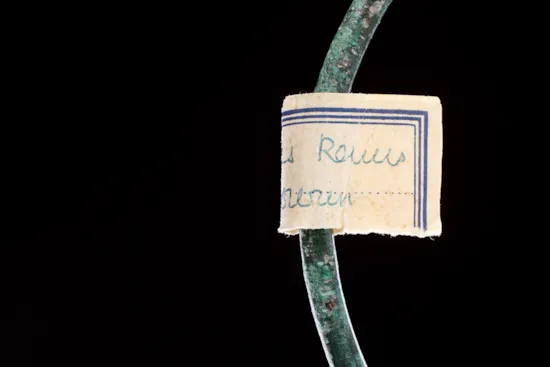
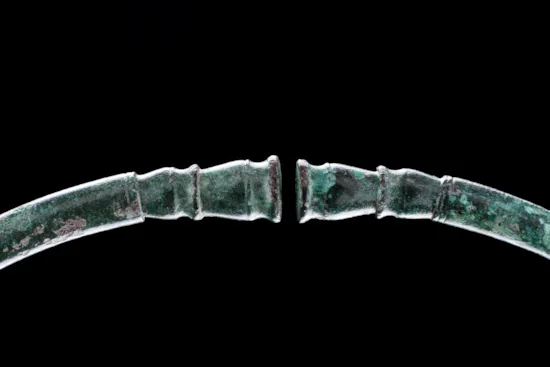
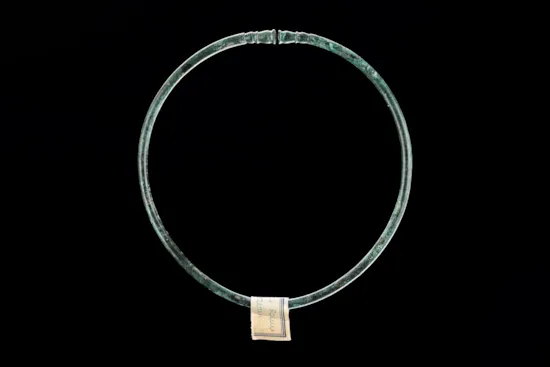
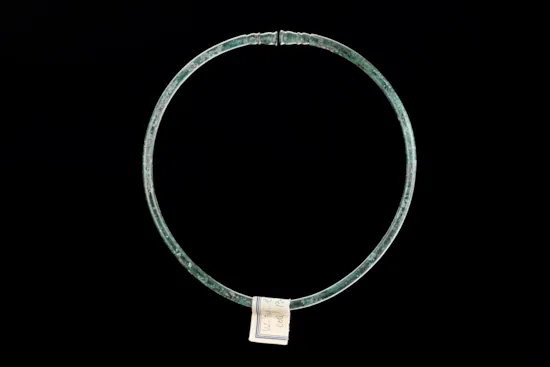











YOU MAY ALSO LIKE


